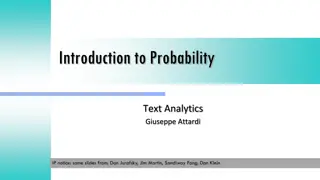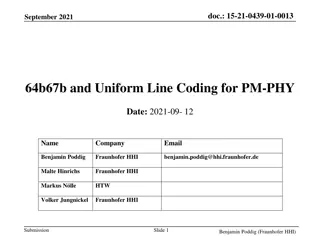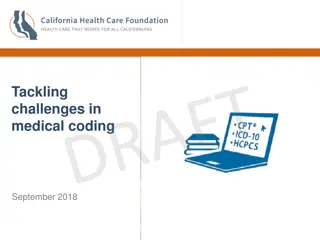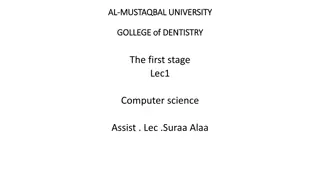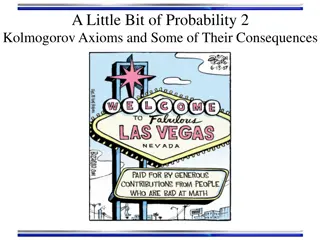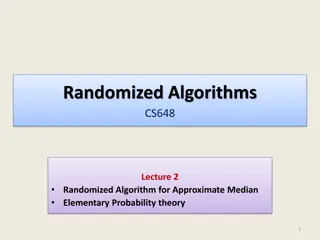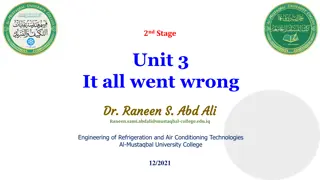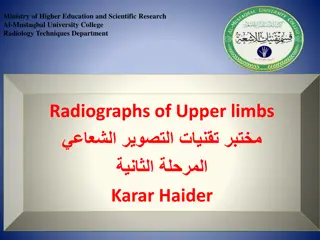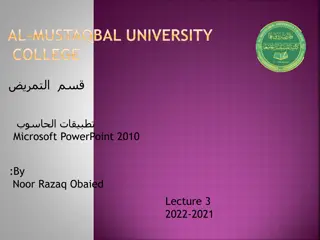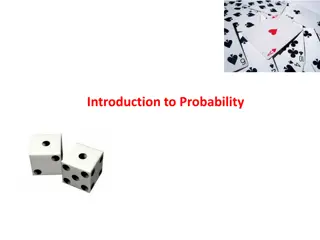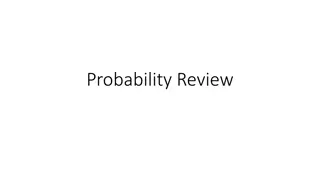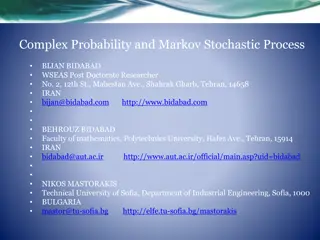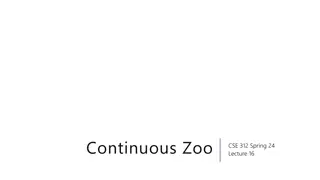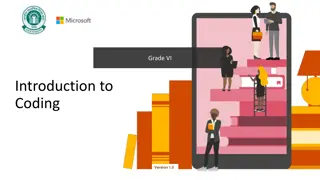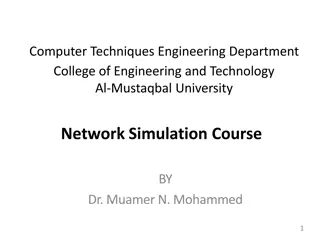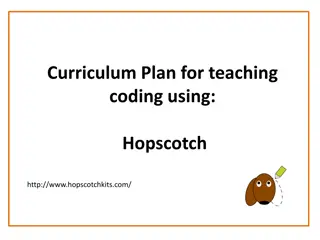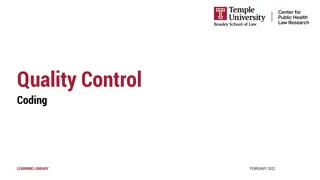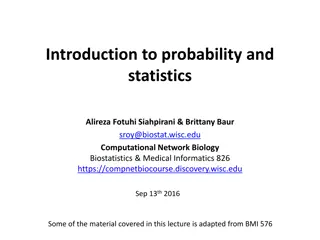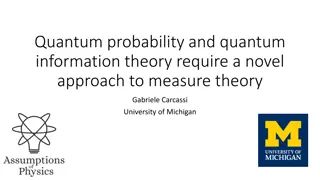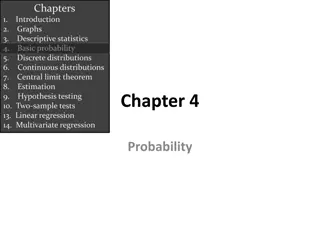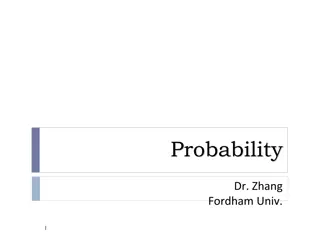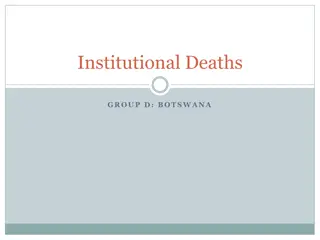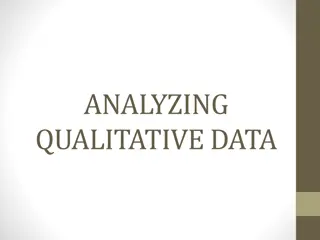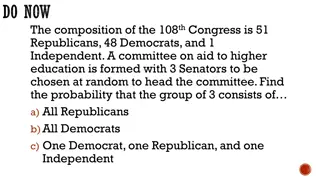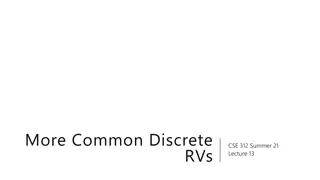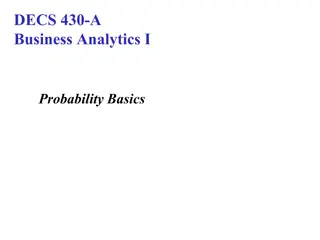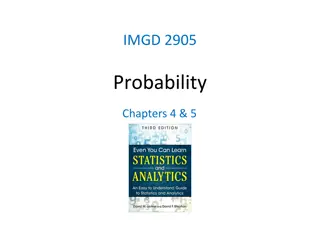Understanding Probability in Information Theory and Coding at Al-Mustaqbal University College
Probability plays a crucial role in studying randomness and uncertainty in information theory and coding. This content delves into concepts like sample space, events, and characteristics of probability using examples such as coin tossing and die experiments. Learn how to calculate probabilities for different events and deepen your understanding of this essential topic.
Download Presentation

Please find below an Image/Link to download the presentation.
The content on the website is provided AS IS for your information and personal use only. It may not be sold, licensed, or shared on other websites without obtaining consent from the author. Download presentation by click this link. If you encounter any issues during the download, it is possible that the publisher has removed the file from their server.
E N D
Presentation Transcript
Al-Mustaqbal University College Department of Computer Engineering Techniques Information Theory and coding Fourth stage By: MSC. Ridhab Sami
Lecture 1 Probability
Probability: is the study of randomness and uncertainty. Channel Sender Receiver 10010 10010 10000 Example: Tossing a coin once or several times Sample Space: The set of all possible outcomes of a statistical experiment is called the sample space and is represented by the symbol S. Example 1: Consider the experiment of tossing a die. If we are interested in the number that shows on the top face, the sample space is S1 = {1, 2, 3, 4, 5, 6}. If we are interested only in whether the number is even or odd, the sample space is simply S2 = {even, odd}.
Example 2: Experiment: Toss a coin 3 times. Sample space S S= {HHH, HHT, HTH, HTT, THH, THT, TTH, TTT}. Event :An event is a subset of a sample space. Examples of events include 1-at least two heads A = {HHH, HHT,HTH, THH} 2- Exactly two tails B = {HTT, THT,TTH} 3- Even number in the die-tossing experiment A = {2, 4, 6} 4-odd number in the die-tossing experiment B = {1, 3, 5}
The Characteristics of Probability: 1- For any event , 0 P(??) 1. ? ?(??) =1 2- ?=1 Number of elements ?? ????? Number of elements ?? ?????? ????? ? ? = Example 4: find the probability for Toss a coin one times. S={H, T} P(H)= 1/2 , p(T)= 1/2
Example 5: find the probability for experiment tossed a coin 3 times to get 1-Top face. 2-at least two heads. 3-exactly three tails Sol: S= {HHH, HHT, HTH, HTT, THH, THT, TTH, TTT}. 1- the probability of the top face is: P(HHH)=1/8 ,P(HHT)=1/8, P(HTH)=1/8 2- At least two heads: A = {HHH, HHT,HTH, THH} P(A)=4/8 3- Exactly three tails: B = {TTT} P(B)=1/8 H.W: find the probability for tossed the die two time for all events?
H.W: find the probability for tossed the die two time for all events? S={ }


